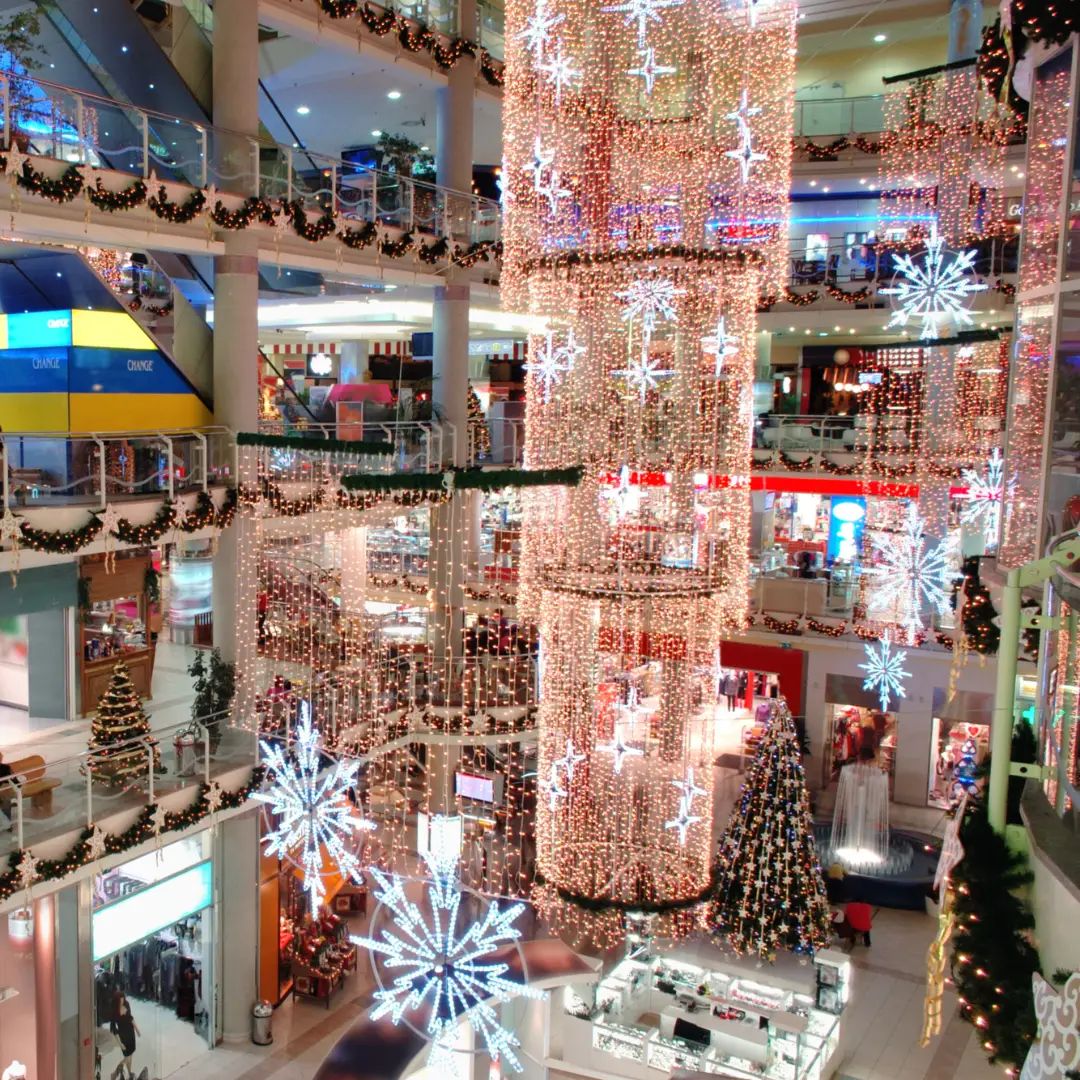Amazon Prime Day 2025 will run July 8-11, making it the longest Prime Day ever. That’s not just an extra day, but a shift in consumer behavior, competitive intensity, and strategic opportunity. Whether you’re selling on Amazon, through other retailers, or on your own DTC site, your paid media approach needs to be coordinated, agile, and designed to deliver across the funnel.
Here’s how to optimize your paid media to capture attention early, convert during peak traffic, and extend value after the event ends.
Build Pre-Event Awareness Early
Campaigns should start ramping well before July 8. Consumers are increasingly planning purchases ahead of time, and Prime Day has become a mid-summer anchor in the promotional calendar. Use awareness channels like Meta, YouTube, and TikTok to highlight product value, tease upcoming offers, and drive users into your ecosystem.
Countdown-style messaging and early access promotions help create urgency and list growth. Consider layering in audience-first tactics like email capture campaigns or early deal registration to build a base you can retarget during the event window. On Amazon, ensure your Storefront and PDPs are fully updated, as shoppers often browse in advance.
Prioritize Conversion Tactics During the Event
Once Prime Day kicks off, your focus should shift to high-intent paid channels and precision targeting. Amazon sellers should activate Sponsored Products, Sponsored Brands, and DSP campaigns tied to top-performing SKUs and categories. Monitor performance in real time. CPCs and competition increase sharply during Prime Day, so dynamic bid and budget adjustments are essential.
Off-Amazon brands should focus on paid search, affiliate partnerships, and retail media networks like Walmart Connect and Target Roundel. Use branded search campaigns to intercept deal-seeking traffic, and make sure all creative clearly references Prime Day where applicable. Promotional messaging should be straightforward, featuring limited-time pricing, bestsellers, bundles, or exclusive access and consistent across platforms.
Capture Post-Event Demand Through Retargeting
Traffic doesn’t vanish when Prime Day ends. Many shoppers browse but don’t buy immediately. Paid retargeting efforts in the days following the event are key to converting these users. Build segments based on product page visits, ad engagement, and cart activity, then follow up with messaging tied to bestsellers, remaining inventory, or extended promotions.
This is also the time to analyze which ads, products, and channels drove the strongest engagement and conversion. Those insights can power lookalike audiences and shape paid strategies heading into the next major events, including back-to-school and Labor Day.
Use Prime Day as a Q4 Preview
Prime Day is one of the most concentrated periods of consumer demand and media competition all year making it a valuable test case ahead of Q4. Treat it as an opportunity to stress test your paid strategy. Which platforms delivered the most efficient return? Which creative drove click-through and conversion? Which audiences responded to urgency and promotion? Apply these learnings to inform holiday planning now, before spend scales again.
Start awareness campaigns early to warm up audiences. Prioritize conversion channels like Amazon Sponsored Ads, paid search, and affiliate during July 8-11. Retarget immediately after to capture late purchase activity. Analyze performance and use Prime Day results to inform your Q4 paid media approach.
Four days means more opportunity, but also more competition. A disciplined, insight-driven media strategy is what will set brands apart this Prime Day.


